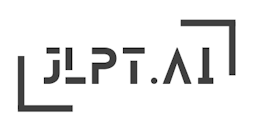

N2
音読み:gan
訓読み:fukumu, fukumeru, hokumu, kukuru, kumoru
ガンgan
ふく.むfukumu
ふく.めるfukumeru
ほく.むhokumu
くく.るkukuru
くも.るkumoru
Include, contain, hold
Imagine a mouth ('口') filled ('口' overlapping on top) with various ingredients, symbolizing the act of containing or including them.
The kanji '含' is considered an intermediate-level character and is frequently encountered in JLPT materials for N2 and above. Understanding its various readings and nuances is important for both kanji and reading comprehension sections of the exam.
この商品は危険な成分を含んでいます。
This product contains dangerous ingredients.
このしょうひんはきけんなせいぶんをふくんでいます。
kono shouhin wa kiken na seibun o fukundeimasu.
彼は情報を含みながら話していた。
He was talking while implying some information.
かれはじょうほうをふくみながらはなしていた。
kare wa jouhou o fukuminagara hanashiteita.
彼女は涙を含んだ微笑を浮かべた。
She smiled with tears in her eyes.
かのじょはなみだをふくんだほほえみをうかべた。
kanojo wa namida o fukunda hohoemi o ukabeta.